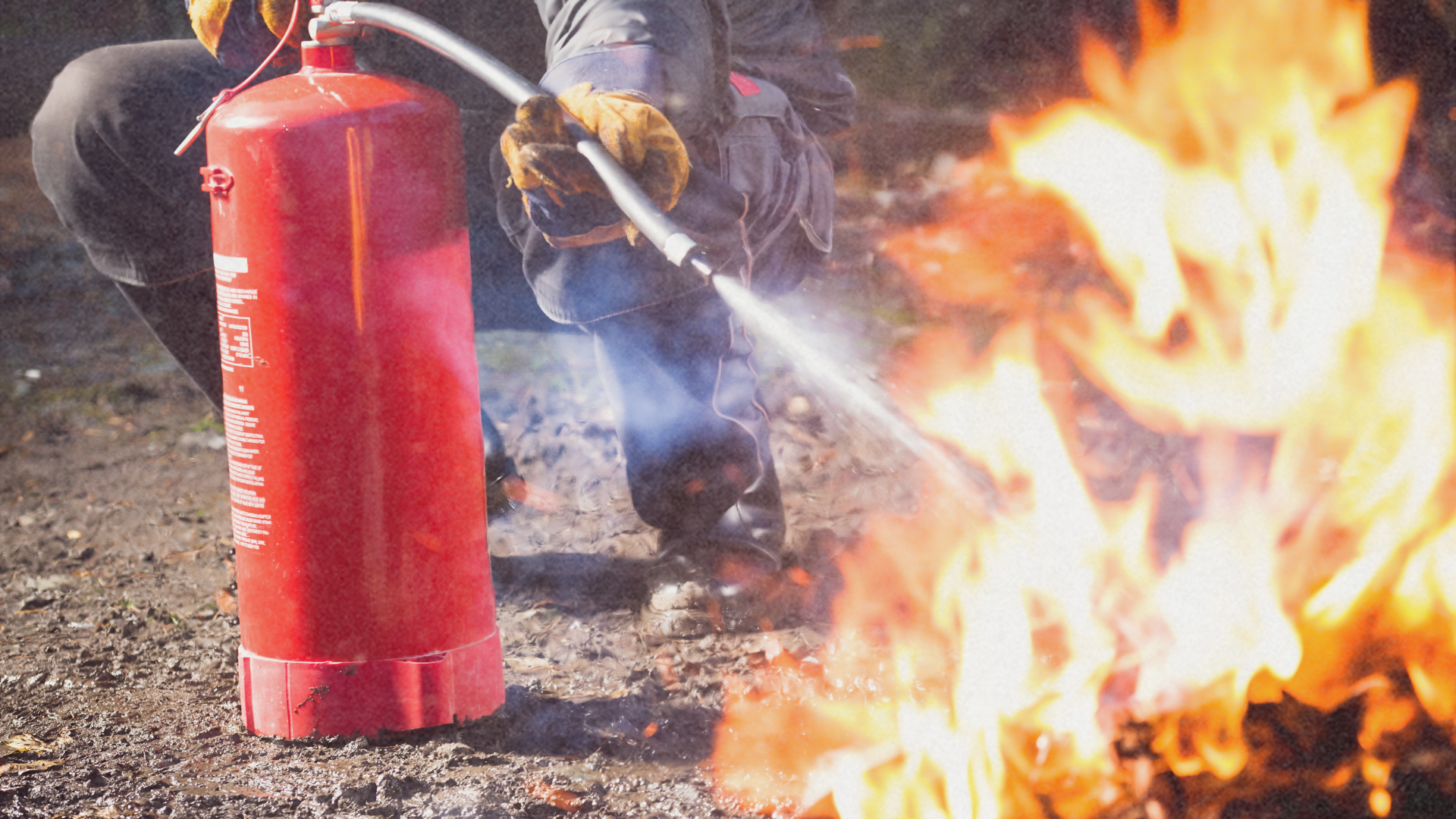
THE country’s real estate industry is experiencing resurgence as extensive construction takes place in and around the metropolis. The property boom has also spread not just to major cities but also to outlying provinces, driven mainly by the increasing business process outsourcing (BPO) industry in the country.
Aside from the commercial office sector, the residential segment has also fueled the property growth due to the steady rise of the economy and the considerable appeal of such properties to the country’s overseas Filipino workers and growing middle class. In 2010 alone, there were more than 20,000 building permits issued nationwide. Almost 2,700 were commercial condominiums and less than 50 were residential condominiums.
But while the steady growth in the property industry is welcome news, the rise in the sector entails a number of erstwhile issues. Topmost of these concerns is the questionable adherence of some property developers to the building code. Every year, the government issues numerous building permits for both commercial and residential buildings, a number of which proves defective as numerous violations are discovered in the event of fire, earthquakes and other accidents.
Leading examples of these violations are the 2004 collapse of an eight-storey building in the heart of Manila’s commercial district and the 1996 Ozone disco fire in Quezon City that resulted to 162 dead. The Manila building was found to have a weak foundation while the Ozone disco was found to have no proper fire exits. But these violations are more of safety issues since developers, project owners, construction contractors, or local government engineers focus on “fees” than in compliances.
Today, a very important concern is the absence of security design consultants during the early stages of property development. The consultants that are regularly involved are civil, electrical, mechanical and sanitary engineers, and architects. Rarely do we encounter security consultants as part of design and construction teams.
An informal survey among building contractors in the Commercial Business Districts (CBD) showed that almost all of the respondents do not know that there is a critical need for security consultants right from the conceptualization stage of a real estate development. The survey also showed that if ever the builders installed a security system, it is not mainly due to threat and risk assessment but from recommendations of their vendors or suppliers. Not surprisingly, “kamag-anak” and “kumpare” relationships are given much weight over the need for risk assessment-based design.
Augustus Caesar Esmeralda, managing director of Ace And Associates Risk Management Inc., a consultancy company providing asset protection and security design services, stressed the need to get the input of security during conceptual and schematic design stages. A certified protection professional, Esmeralda noted that developers and owners are ignorant on the need and availability of such services. “The lack of engineering experience and understanding of the real estate industry among many security managers is another factor,” Esmeralda said.
During the 2011 ASIA-CEO Forum last April, renowned architect and urban planner Felino Palafox, Jr., referred to the National Building Code as the “Jurassic Building Code.”
The managing partner and founder of Palafox Associated stressed the need for security systems in real estate projects, especially at the design stage of any real estate project.
The lack of security design and consultants in the property development, Esmeralda said, is due to sad realities. He said developers and owners are not aware of security design.
At the same time, security managers lack engineering experience and understanding of the real estate industry. Thus, there is a great divide between the two sectors.
Wilfredo Muñoz, assistant vice president of Safety and Security of Century Properties Management, Inc. said his department only takes charge of their properties when turned over to them. The security department, he said, has to live with what is handed to it and has no say in the planning and construction stage.
Engineer Wanjuven Ortega, head engineer of R. B. Sanchez Consulting Engineers noted that developers think only a strong structural design is enough to protect the end-users against all kinds of risks. There are other factors that structural and other engineers do not anticipate, Ortega added.
Meanwhile, Eng. Adonis Gapasin, a network administrator of a large food chain, said that retrofitting is more expensive than hiring security design consultants during the planning stage.
Esmeralda, referring to his past experience as regional security head of Shangri-La Hotels & Resorts, noted that retrofitting a security system is seven times more costly than installing them during construction. He also noted the expensive cost of legal proceedings due to litigations caused by “lack of appropriate security measures”.
Esmeralda said that often, it is only the vendor or supplier who recommends the specifications and locations of almost all of the installed closed-circuit television (CCTV) cameras in the building.
The good news is that the country’s largest real estate developer adheres to the need for security design.
Val Hizon, Head of Asset Protection of Ayala Land’s Security Force, recognized the importance of employing security design and engineering consultants.
Hizon made this recommendation to the Ayala Land’s Innovation and Design Group and Construction Management Division that included security design in all of their new projects.
Hizon, a retired colonel from the Philippine Marines, said that infusing security and safety in real estate development is beneficial to the entire business enterprise and to other stakeholders. “The long-term benefits tremendously exceed the relatively small cost of getting professional security and safety consultants at concept and schematic stages,” Hizon said.
It pays to know security design at the early stage of property development.
As they say, prevention is better than cure. Security design is better than expensive remedial measures.
—————————————————————————–
First published in the Cover Story section of Volume 1 Issue No.6 of SecurityMatters Magazine – Print Edition





